Synthesis Lectures on Computer Science
The series publishes short books on general computer science topics that will appeal to advanced students, researchers, and practitioners in a variety of areas within computer science.
Paul A. Gagniuc
An Introduction to Programming Languages: Simultaneous Learning in Multiple Coding Environments

The Springer logo.
Paul A. Gagniuc
Department of Engineering in Foreign Languages, Faculty of Engineering in Foreign Languages, University Politehnica of Bucharest, Bucharest, Romania
ISSN 1932-1228 e-ISSN 1932-1686
Synthesis Lectures on Computer Science
ISBN 978-3-031-23276-3 e-ISBN 978-3-031-23277-0
https://doi.org/10.1007/978-3-031-23277-0
The Editor(s) (if applicable) and The Author(s), under exclusive license to Springer Nature Switzerland AG 2023
This work is subject to copyright. All rights are solely and exclusively licensed by the Publisher, whether the whole or part of the material is concerned, specifically the rights of translation, reprinting, reuse of illustrations, recitation, broadcasting, reproduction on microfilms or in any other physical way, and transmission or information storage and retrieval, electronic adaptation, computer software, or by similar or dissimilar methodology now known or hereafter developed.
The use of general descriptive names, registered names, trademarks, service marks, etc. in this publication does not imply, even in the absence of a specific statement, that such names are exempt from the relevant protective laws and regulations and therefore free for general use.
The publisher, the authors, and the editors are safe to assume that the advice and information in this book are believed to be true and accurate at the date of publication. Neither the publisher nor the authors or the editors give a warranty, expressed or implied, with respect to the material contained herein or for any errors or omissions that may have been made. The publisher remains neutral with regard to jurisdictional claims in published maps and institutional affiliations.
This Springer imprint is published by the registered company Springer Nature Switzerland AG
The registered company address is: Gewerbestrasse 11, 6330 Cham, Switzerland
On the occasion of his 85th birthday, I dedicate this work to my best friend, science partner and father figure, Constantin Ionescu-Tirgoviste. You are the greatest man I know! You are intelligence, wisdom, kindness, patience, verticality, diplomacy, morality and inspiration, in one single package.
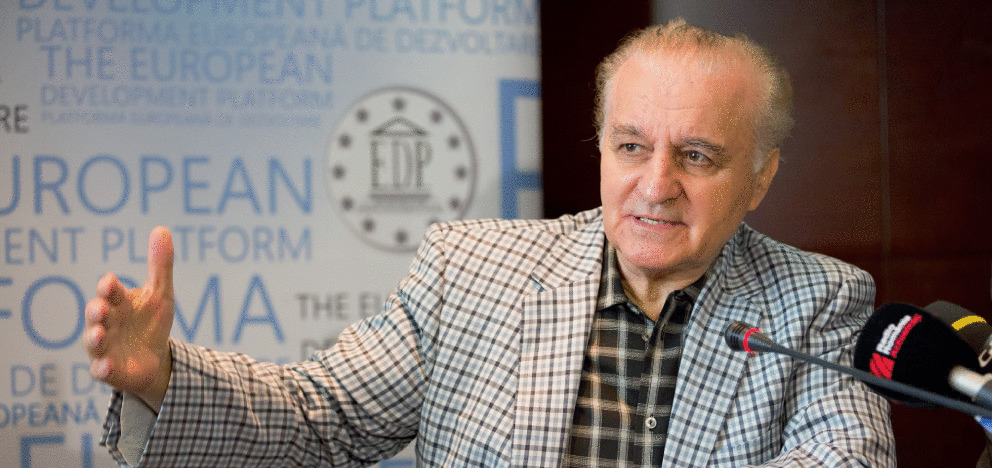
A photo of Constantin Ionescu- Tirgoviste.
Acad. Prof. Dr. Constantin Ionescu-Tirgoviste
Preface
This work is an introductory textbook in several computer languages. It describes the most well-known and popular programming environments such as: C#, C++, Java, JavaScript, PERL, PHP, Python, Ruby, and Visual Basic (VB) or Visual Basic for Applications (VBA). Therefore, the main objective of this unique guide is to provide code examples reflected in these nine computer languages. Readers can easily understand the connection and universality between the syntax of different environments and be adept at translating code. This learning experience can be ideal for upper-undergraduate introductory courses, researchers, doctoral students, and sociologists or engineers charged with implementing data analysis. Graphical illustrations are used for technical details about the computation examples to aid in an in-depth understanding of their inner workings. Moreover, the book contains original material that has been class-tested by the author and numerous cases are examined. Readers will also benefit from the inclusion of: (1) Historical and philosophical perspectives on the past, present and future of computer languages. (2) A total of 448 additional files are freely available online, from which a total of 44 files are poster presentations (i.e. PowerPoint and PDF files). (3) A total of 404 code examples reflected in nine computer languages, namely: C#, C++, Java, JavaScript, PERL, PHP, Python, Ruby and VB. This work first begins with a general introduction to history and presents the natural inevitable pathway from mechanical automation to present electronic computers. Following this historical introduction, an in-detail look is made at philosophical questions, implementations, entropy and life. More often than not, there is a genuine amazement of the younger generations regarding the advancement of computer technology. Historical events that led to the development of technologies have been distilled down to the essence. However, the essence of any story is made with a massive loss of detailed information. The essence of essences loses all the more information. Over time, the lack of detail leads to a collective amnesia that can prevent us from understanding the naturalness by which technology has evolved. Thus, new constructs are always built upon older constructs to fit the evolutionary chain of technological progress, which boils down to the same fundamental rules as biological evolution. In the first stage, this book discusses the natural path of programming constructs by starting from time immemorial and ending with examples up to the present times. In the end, naturally driven constructs of all kinds also drive our society today. In the second part, the emphasis is made on the technical side where a total of nine computer languages are used simultaneously for mirrored examples. Simultaneous learning of multiple computer languages can be regarded as an asset in the world of science and technology. Thus, the reader can get used to the majority of known programming or scripting languages. Moreover, a basic knowledge of software implementation in several computer languages, even in an introductory way, helps the versatility and adaptability of the reader to new situations that may arise in industry, education, or research. Thus, this work is meant to bring a more concrete understanding of the similarities and differences between computer languages.
Ionel Bujorel Pvloiu
Acknowledgements
I wish to thank my friend Andrei Vasilateanu for a wonderful and precise review. His background in programming languages made him the perfect reviewer for this work.
Personal Words
I understand from confirmed sources that 42 is the answer to all things, the universe and everything. Today I start to believe that myself since I rapidly approach this age of wisdom. Much of this book is based on personal experience that comes from a time period of rapid technological change. In my childhood, I have seen punch cards in use on the FELIX computers at the very beginning of the 90s, and my personal experience in the world of computer software started with the Z80 processor. I know what it means to see red after a few hours spent on the phosphorescent green tube of the monitor. I remember the unmistakable sound of software, namely the incoming or outgoing data. I also remember how to save and load the source code to and from a magnetic tape of a cassette. I know what it means to switch from the Z80 microprocessor and BASIC functional keys to 286 computers equipped with DOS operating systems and QuickBASIC. I am a first-hand witness of the novelty called the mouse, and the perfection of the rubber sphere that is supposed to be cleaned of dust from time to time. I lived to see and feel the romance portrayed by all stages of the Internet and I was there to see the evolution of programming languages since the mid-90s. When I switched to languages like C, Turbo Pascal, or Delphi, I remember the mystery and the potential I felt in regard to the 486 CPU computers. Later, on 586, I was amazed by the Visual Studio 6.0 package, and especially amazed by the Visual Basic 6.0 programming language. Of this package, I am still amazed to this very day. I was fortunate enough to see the ups and downs of tech companies and the radical changes of the Internet, and because I am a Romanian, I witnessed the highest Internet connection speeds on the planet. I was born at the right time to experience punch cards, magnetic tapes, cassette tapes, floppy disks, songs/sounds of the modem, hard drives, CDs, DVDs, Blu-ray discs, USB drives and SSD drives. Computers shaped me! The journey made me a happy young-old man. But, could four decades encompass so much? It appears so! Well, these were the times, the best times.

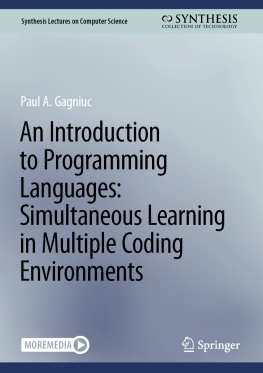


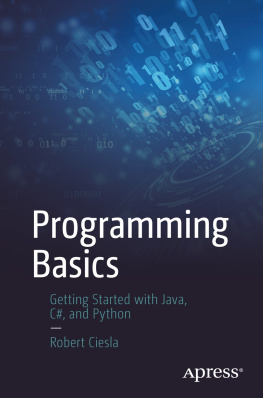

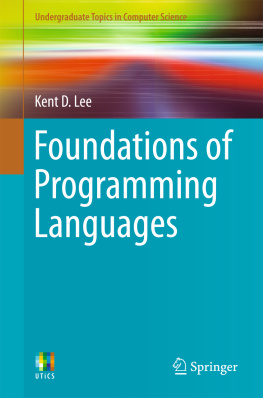

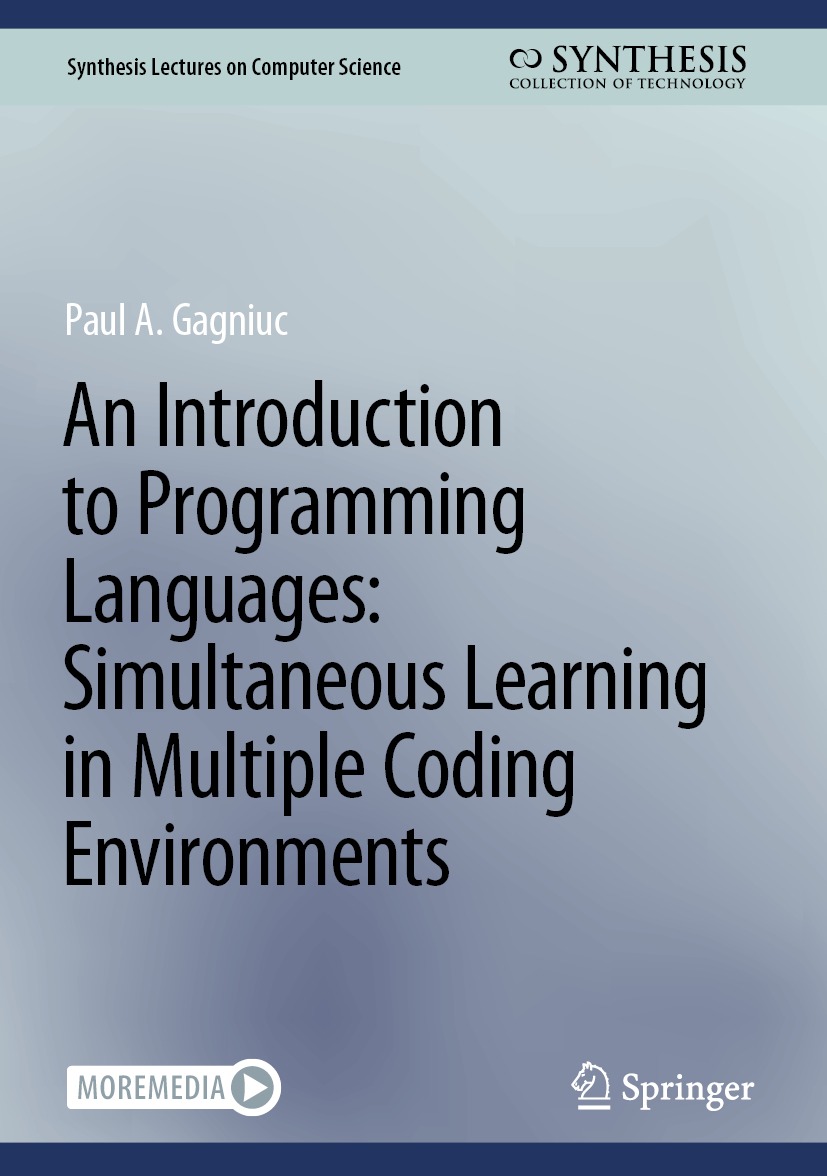

 A photo of Constantin Ionescu- Tirgoviste.
A photo of Constantin Ionescu- Tirgoviste.